Indian Pipe
- October 11, 2023
- 0 comment
Indian Pipe (Monotropa uniflora), also known as the Ghost Plant or Corpse Plant, is a unique and enigmatic wildflower found in North American forests. Unlike most plants, Indian Pipe does not contain chlorophyll and does not rely on photosynthesis for its energy. Instead, it obtains nutrients through a mycorrhizal relationship with fungi in the soil, making it a mycoheterotrophic plant.
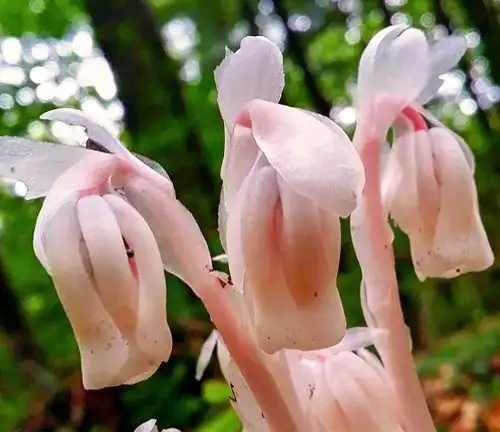
This striking, ghostly white plant emerges from the forest floor like an otherworldly apparition, featuring a solitary nodding flower with delicate, translucent petals and a stem that ranges from pale white to pinkish. Indian Pipe is often associated with shaded, damp woodlands and is a captivating symbol of the intricate ecological relationships that exist within forest ecosystems. It has also been used historically by indigenous cultures for its medicinal properties and remains a fascinating and mysterious presence in the natural world.
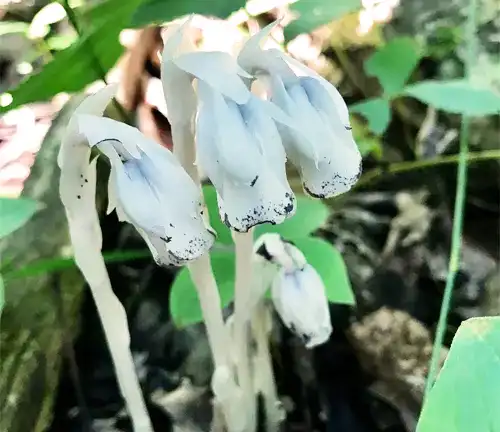
| Characteristic | Description |
| Scientific Name | Monotropa uniflora |
| Common Names | Indian Pipe, Ghost Plant, Corpse Plant |
| Family | Ericaceae |
| Habitat | Shaded, damp woodlands and forests |
| Distribution | North America, including parts of the United States and Canada |
| Plant Type | Mycoheterotrophic wildflower |
| Color | Whitish to pinkish stem and flower |
| Height | Typically 10-20 cm (4-8 inches) tall |
| Leaves | Lacks chlorophyll and true leaves |
| Reproduction | Produces a solitary nodding flower with translucent petals |
| Nutrition | Obtains nutrients through a mycorrhizal relationship with fungi in the soil |
| Ecological Role | Symbolizes complex ecological interactions in forest ecosystems |
| Cultural Significance | Historically used by indigenous cultures for medicinal purposes |
| Unique Features | Lacks green pigmentation due to the absence of chlorophyll, giving it a ghostly appearance |
Botanical Beauty of “Indian Pipe”
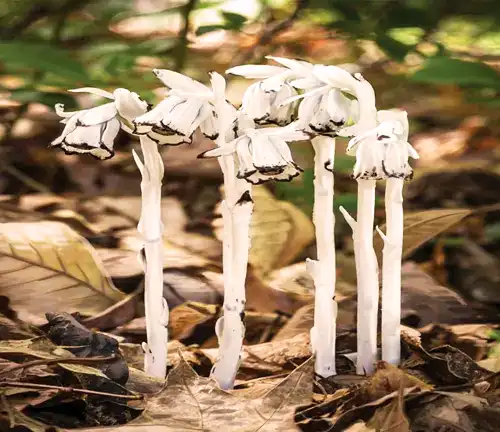
The Indian Pipe, scientifically known as Monotropa uniflora, is a fascinating botanical wonder that stands apart from most other plants. Its unique appearance and intriguing life cycle make it a captivating subject of study for botanists and nature enthusiasts alike. This article delves into the botanical beauty of the Indian Pipe, exploring its elegant form, ecological importance, cultivation, conservation efforts, fragrance, role in soil stabilization, common uses, and the potential benefits it offers.
Woodland Elegance
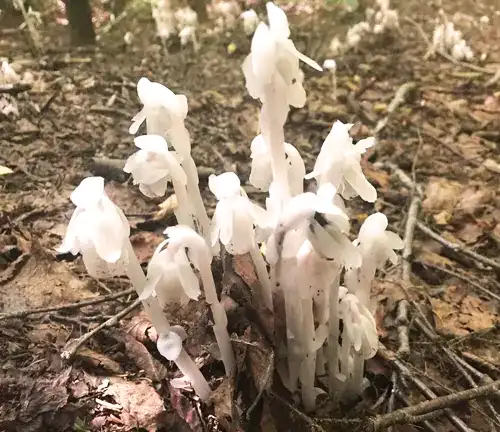
In the dappled shade of North American woodlands, the Indian Pipe emerges as a delicate and ethereal presence. Standing at a mere 10-20 centimeters (4-8 inches) tall, its slender stem, which ranges from pale white to a delicate pinkish hue, rises gracefully from the forest floor. The solitary nodding flower, with its translucent petals, seems almost otherworldly. Unlike most plants, the Indian Pipe lacks chlorophyll and true leaves, giving it an otherworldly, ghostly appearance that sets it apart in the forest’s green landscape.
Ecological Importance
Beneath its spectral exterior lies a vital ecological role. The Indian Pipe is a mycoheterotrophic plant, which means it forms a unique relationship with fungi in the soil. It relies on these fungi for its nutrients, showcasing the intricate web of connections within forest ecosystems. By participating in this mycorrhizal relationship, the Indian Pipe contributes to the overall health and balance of the woodland environment.

Cultivation and Conservation
Cultivating Indian Pipe can be challenging due to its specific mycoheterotrophic requirements. Efforts to conserve this intriguing species often involve preserving its natural habitat and the fungi it depends on. Conservationists work tirelessly to protect the woodlands where Indian Pipe thrives, ensuring that future generations can continue to appreciate its unique beauty and ecological importance.

Fragrance
One of the lesser-known aspects of Indian Pipe is its faint, sweet fragrance. Though not as potent as some other flowers, a gentle, pleasant scent emanates from the blossoms, adding an olfactory dimension to its enchantment. The fragrance, subtle as it may be, serves as a testament to the plant’s allure.
Soil Stabilization

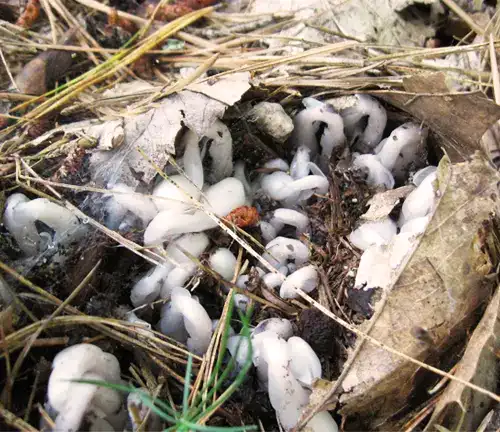
Beyond its ecological contributions, the Indian Pipe plays a role in stabilizing forest soils. Its mycorrhizal association with fungi aids in nutrient cycling and the maintenance of healthy soil conditions. This, in turn, benefits the myriad of other plant and animal species that call the forest home.
Common Uses
Throughout history, indigenous cultures have recognized the Indian Pipe’s medicinal properties. Traditional uses have included remedies for various ailments, from pain relief to respiratory issues. While its usage in modern herbal medicine is limited, it remains a plant of cultural significance.

Benefits
The Indian Pipe may offer more than meets the eye. Its presence in woodlands serves as a reminder of the interconnectedness of all life in natural ecosystems. Studying its unique biology can deepen our understanding of the intricate relationships that sustain these environments. Furthermore, its potential medicinal properties continue to intrigue researchers and herbalists alike, hinting at possible benefits waiting to be uncovered.
In conclusion, the Indian Pipe stands as a testament to the wonders of the natural world. Its delicate beauty, ecological significance, subtle fragrance, and potential benefits make it a subject of enduring fascination. While its conservation presents challenges, efforts to protect its habitat are crucial to preserving the magic of this enigmatic woodland gem.
Different Species
Monotropa hypopithys
(Dutchman’s Pipe or Pinesap)
This species closely resembles Monotropa uniflora in appearance and is sometimes referred to as False Indian Pipe. It is found in North America, Europe, and Asia.

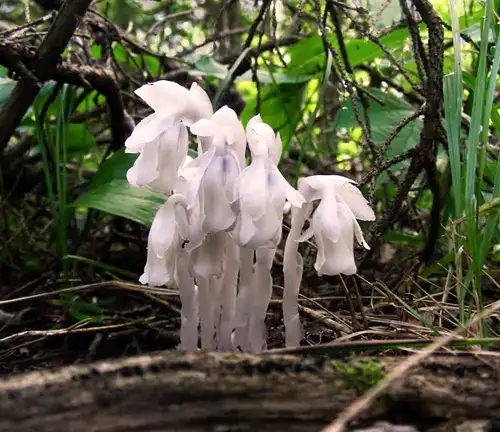
Monotropa triflora
(Threeflower Indian Pipe)
Unlike the solitary flower of Monotropa uniflora, this species typically produces three nodding flowers on a single stem. It is found in North America and parts of Asia.
Sarcodes sanguinea
(Snow Plant)
Although not part of the Monotropa genus, the Snow Plant is often associated with Indian pipes due to its mycoheterotrophic nature and reddish or pinkish stem. It is found in western North America, particularly in coniferous forests.
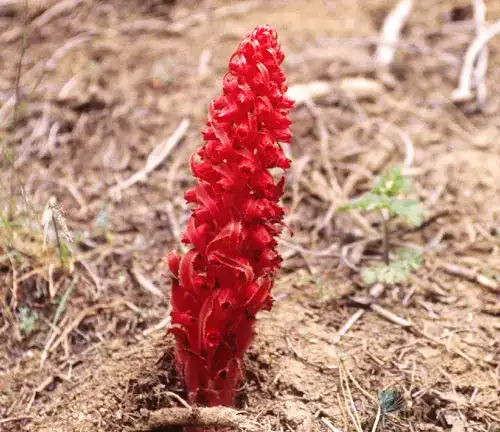

Pterospora andromedea
(Pinedrops)
Another related species, Pinedrops, shares a mycoheterotrophic lifestyle and is found in North America. It has a tall, slender stem and typically grows in coniferous forests.
Frequently Asked Questions (FAQs)
1. What is Indian Pipe, and why is it called that?
Indian Pipe (Monotropa uniflora) is a unique wildflower found in North American forests. It lacks chlorophyll and obtains nutrients through a mycorrhizal relationship with fungi in the soil. It is called “Indian Pipe” due to its white, pipe-like appearance.
2. Where can I find Indian Pipe in the wild?
Indian Pipe is typically found in shaded, damp woodlands and forests in North America, including parts of the United States and Canada.
3. Why is Indian Pipe white?
Indian Pipe lacks chlorophyll, which is responsible for the green color in most plants. Its white or pale coloration is a result of this lack of chlorophyll.
4. Does Indian Pipe have any medicinal uses?
Indian Pipe has been historically used by indigenous cultures for various medicinal purposes, including pain relief and treatments for respiratory issues. However, its usage in modern herbal medicine is limited.
5. How does Indian Pipe obtain nutrients without photosynthesis?
Indian Pipe forms a mycorrhizal relationship with fungi in the soil. These fungi connect to the roots of nearby trees and help transfer nutrients to Indian Pipe.
6. Is Indian Pipe endangered or protected?
Indian Pipe is not generally considered endangered, but it is a species of interest for conservation due to its unique ecological role. Conservation efforts often focus on preserving woodland habitats.
7. Can I cultivate Indian Pipe in my garden?
Cultivating Indian Pipe can be challenging because of its mycoheterotrophic nature. It relies on specific soil fungi for nutrients, making it difficult to grow in typical garden conditions.
8. What is the role of Indian Pipe in forest ecosystems?
Indian Pipe contributes to nutrient cycling and the maintenance of healthy forest soils through its mycorrhizal relationship with fungi. It plays a part in the overall balance of forest ecosystems.
9. Does Indian Pipe have a fragrance?
Indian Pipe has a faint, sweet fragrance, adding to its allure, though it is not as potent as some other flowers.
10. Are there any potential benefits associated with Indian Pipe?
While research is ongoing, some believe that Indian Pipe may have medicinal properties due to its traditional uses in indigenous medicine. However, more scientific studies are needed to confirm its potential benefits.


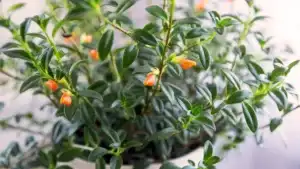
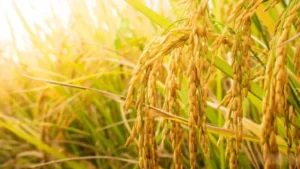
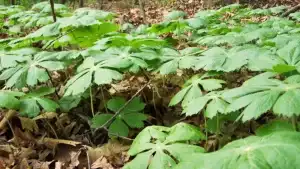
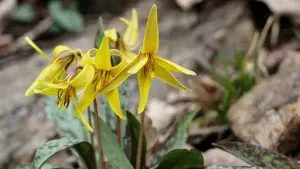

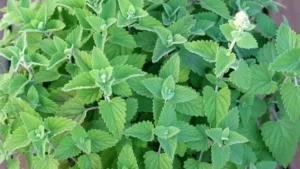
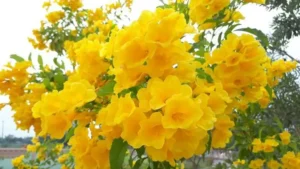

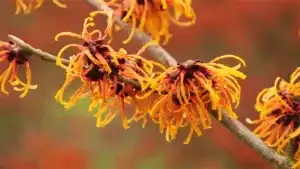
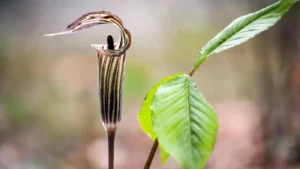
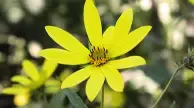
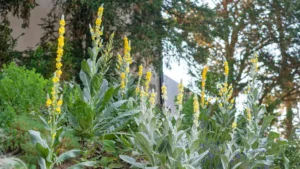
Leave your comment